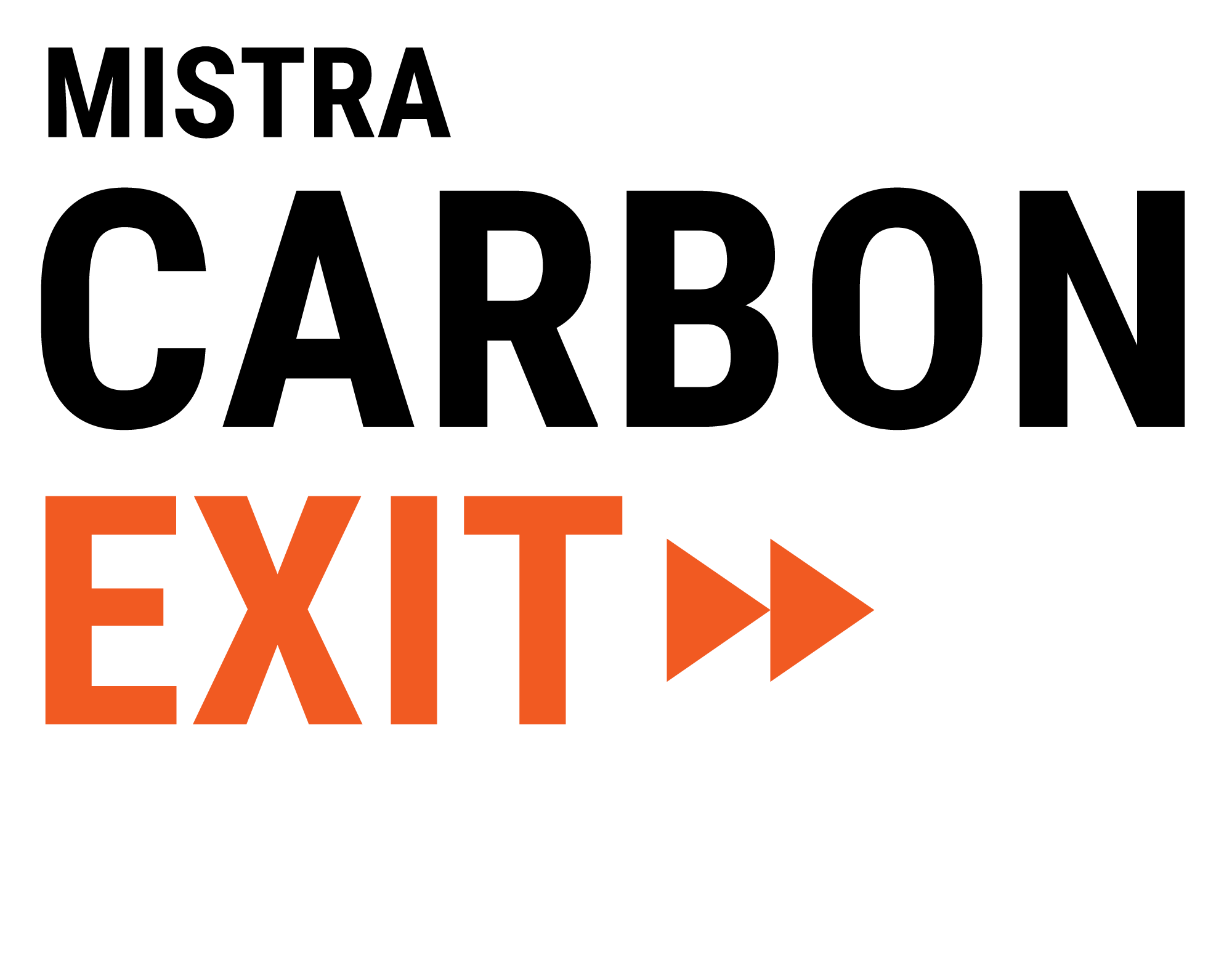Blogpost: Emissions trading: Which way forward?
By Lars Zetterberg
PhD, Program Director Mistra Carbon Exit,
Swedish Environmental Research Institute
1 April 2019
The EU ETS has just been reformed, so can we sit back and watch it work? Unfortunately, not. The time of cheap greenhouse gas emission reductions is over. Although a 3 billion allowance surplus will be cancelled in 2023 and the carbon price is above 20 euros, the ETS is not stringent enough to deliver emission reductions in line with the Paris agreement. Consequently, member states, for instance Sweden and the Netherlands, are planning to implement complementary policies to reach national climate objectives. Will this result in policy fragmentation or trigger an EU-wide discussion on increased ambition? This was the topic of the workshop “Emissions trading: Which way forward?”, organized by the Climate Economics Chair at University Dauphine in Paris, Potsdam Institute for Climate Research and Mercator Research Institute on Global Commons and Climate Change and where Lars Zetterberg from Mistra Carbon Exit gave a Swedish perspective. The meeting concluded that Europe is entering a new era, where the portfolio of easy solutions is soon exhausted. Climate actions in coming years are likely to be more costly and have distributional consequences between member states, sectors and between rich and poor. This calls for increased collaboration between member states.
//

